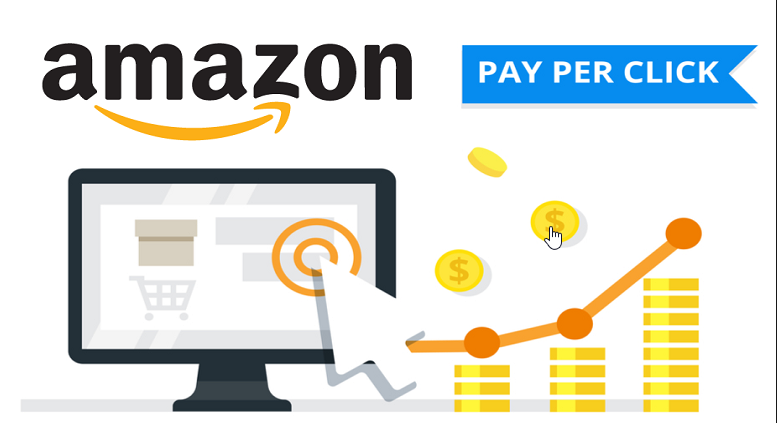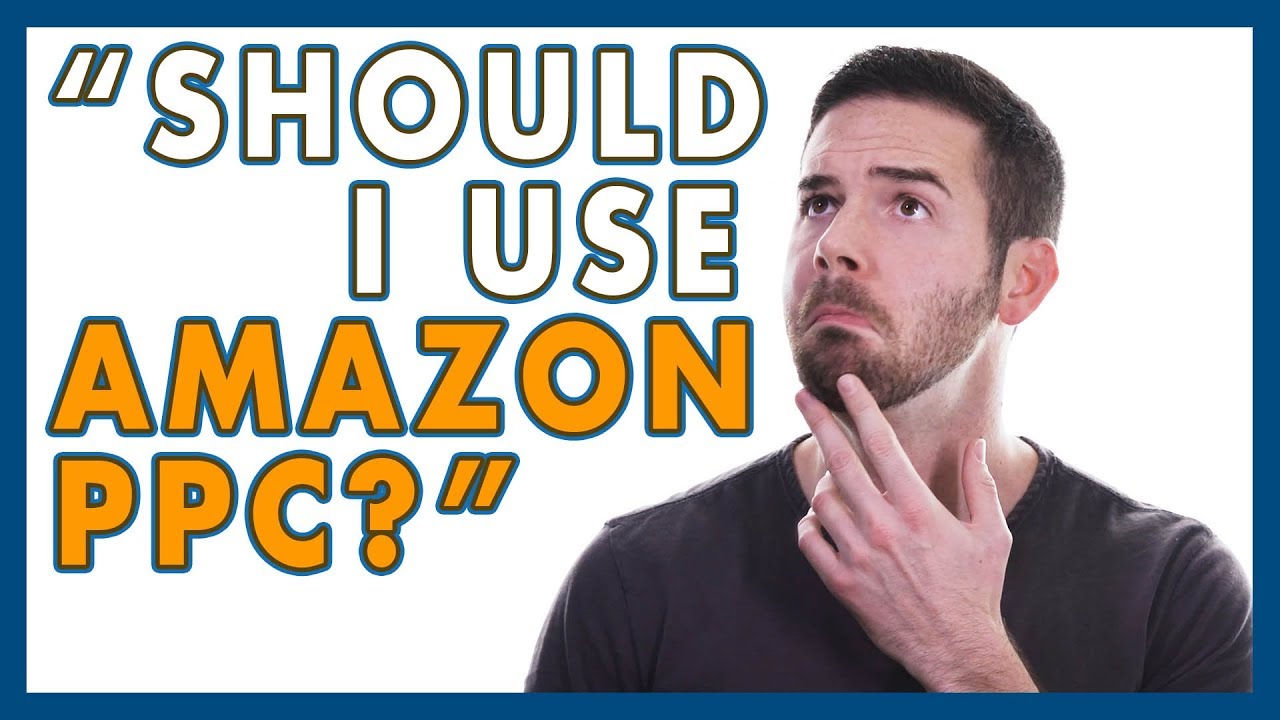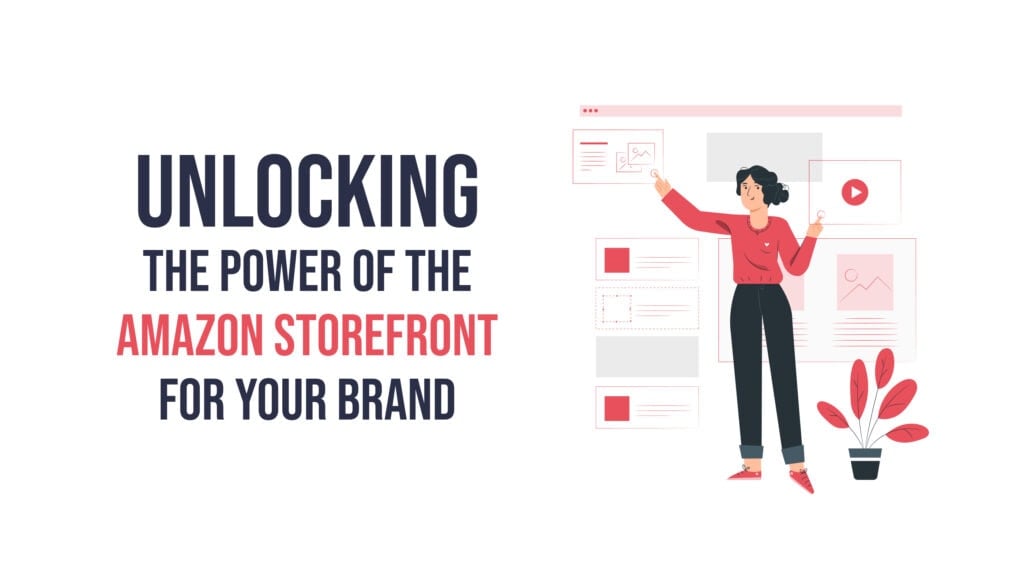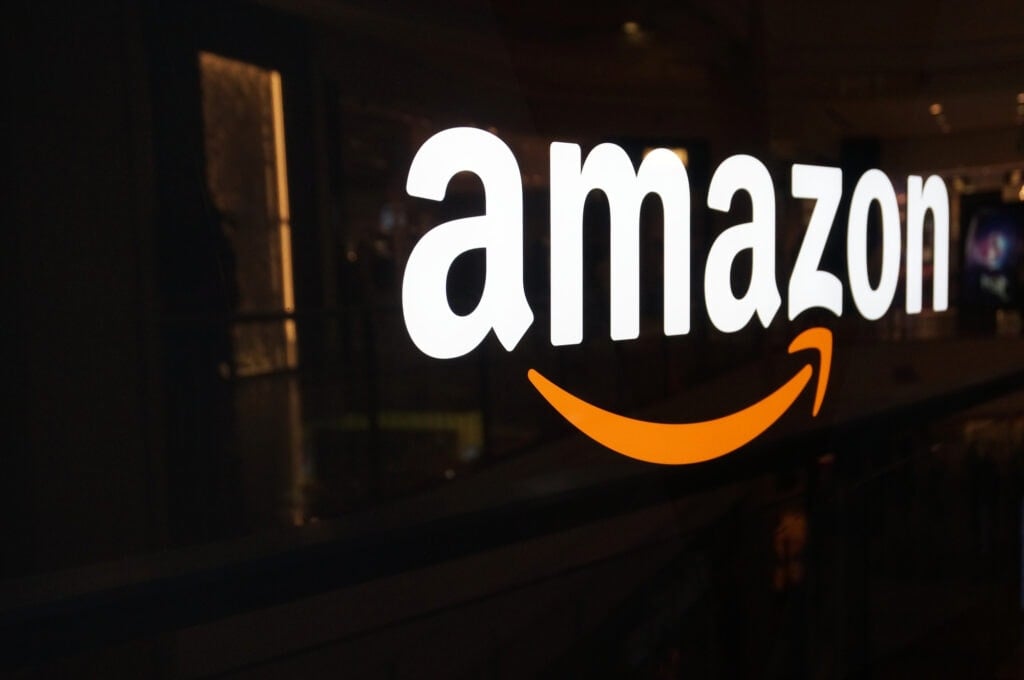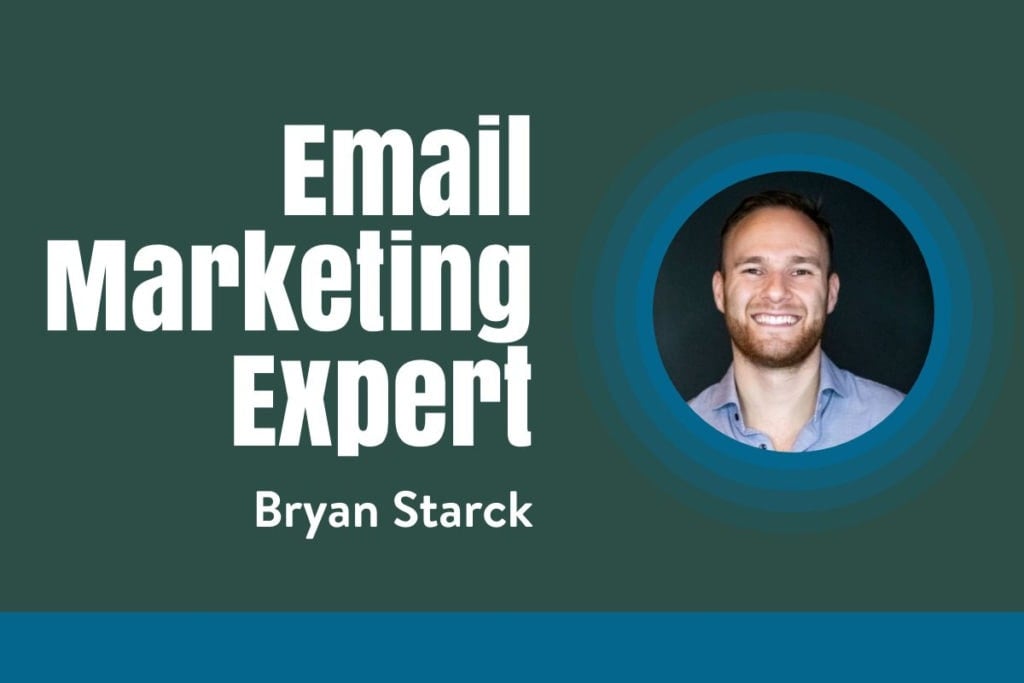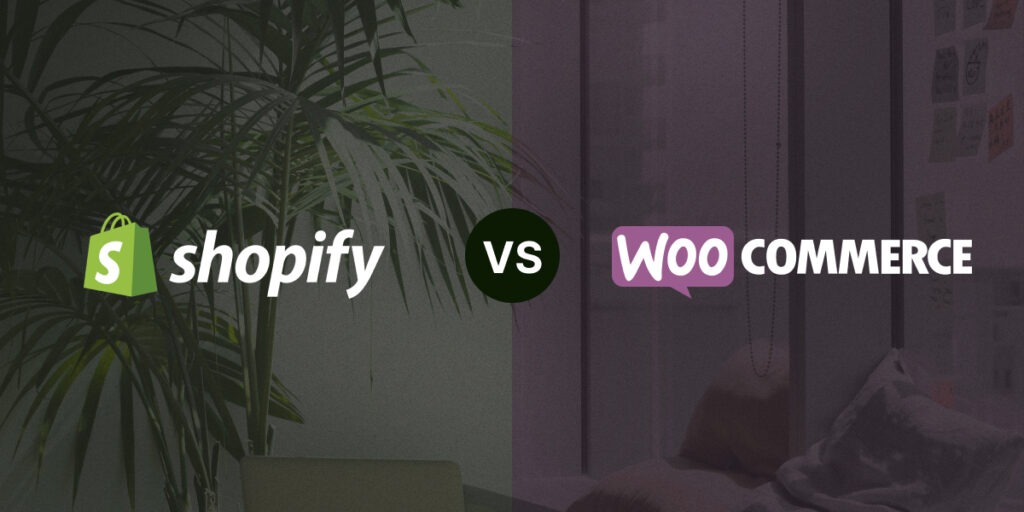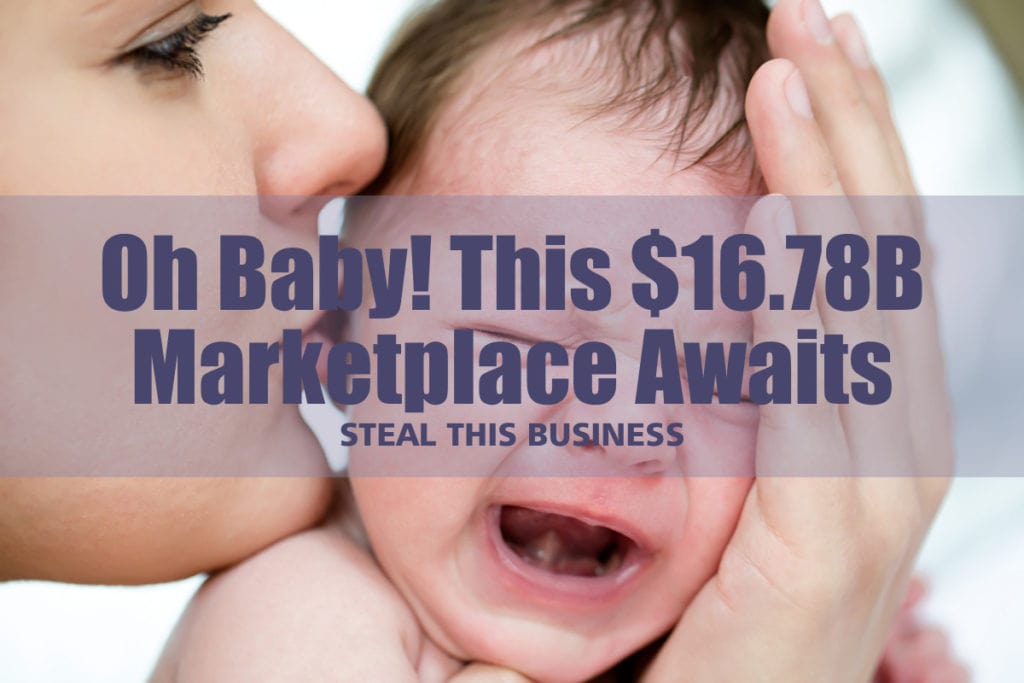In 2019, it seems that everyone is leaning toward the idea of entrepreneurship. In one way or another, everyone has had at least a few ideas of businesses they should start, but have no idea how. One of these businesses that has jumped to the forefront of opportunity is, selling products on Amazon. Whether you buy products in bulk, and look to turn it around for a quick flip. Or you create your own products and use Amazon PPC as a distributor.
Amazon PPC is a continually growing and evolving juggernaut
So, sellers obviously want to showcase their products on and leverage the truly massive power that is the Amazon global marketplace. Sellers must however be vigilant, because as part of Amazon’s on-going evolution, their ad algorithms are continuously changing. That said, their ad algorithms are one of a myriad of ways to utilize Amazon as the ecommerce monster that they have become.
The issue therein lies when people have no idea how to come to the top of consumer attention on Amazon. Selling on Amazon is similar to selling anywhere else on earth. In that, you may have an amazing product that a lot of people may need, but it does not matter unless they are aware of it. This is where advertising comes in. Now, PPC (Price-Per Click) advertising is not the same as most advertising available. For some, they are very familiar with what PPC advertising entails. Mainly it is creating ads that can match up to consumer searches better than your competitors, then you are charged every time a consumer clicks on that ad. Sound simple enough? Well it isn’t. PPC ads can be some of the most difficult ads to create if you are inefficient. Which is why marketing companies that specialize in PPC ads exist. Which I would recommend finding a reputable company that does just that, because PPC ads on Amazon are just too viable to pass up.
Investing in advertising is no longer optional on Amazon
New businesses are opening accounts on Amazon every day, and this is accomplishing two equally terrible things for your business. Flooding the market and increasing your competition. Average cost-per-click (CPC) prices are rising in every category, even reaching the point of losing your entire profit margin, just to stay above competitors’ products. With all this competition, some may wonder if it is entirely worth investing in advertising on Amazon. The answer is “absolutely yes.” 49% of consumers state that they start their product searches on Amazon. And trust me, you can't afford not to pursue these shoppers. But why do you need to pay for ads on Amazon? Well, 70% of searchers stay on the first page of search results, and never even make it to the second page. That said, the first three listings get the majority of their clicks! If you are not ranking at the top of searches organically, then you are losing all of these potential buyers. And even if you are, advertising is how you can continuously get in front of those eyeballs, without concern of being overtaken by someone willing to shell out more money for advertising.
Amazon’s algorithm has many ranking factors when deciding who ranks at the top for any given search, but sales velocity is the number one factor. Sales velocity is how many sales you are generating lately. It is not a specific metric Amazon gives you but more of a generalization of how many units you are selling per day. Amazon operates on sort of a “what have you done for me lately?” model. Meaning, they are less concerned with cumulative sales and is more interested in the quantity you have sold recently. This is how new sellers can rise up on Amazon over veteran sellers by pushing more units per day than their competitors. But, how do you generate sales velocity if nobody can find you deep in the second page of Amazon browsing?
Advertising with the Amazon PPC format
Two primary factors drive organic sales rank are direct factors and indirect factors. But direct factors are the most important. If you do not have any stock when customers want to buy, no amount of advertising will help you because you cannot advertise sponsored products if you are not winning the buy box (i.e., the box on an Amazon product detail page where customers can begin the purchasing process by adding items to their shopping carts). On Amazon, there are sometimes multiple “offers” or people selling the same product. Amazon defaults to choosing what they believe is the best for the consumer base upon price, reviews, fulfillment method, etc. You can tell who is winning the buy box by seeing who it is “Sold by”. As this is the person or company who Amazon has designated as the best option for the consumer. And without referencing the additional offers on the right side of the page to see what other places they can get these products, this will be the default vendor for this particular order. This is why it is so important to win the buy box. If you win the buy box, you will most likely win that consumer. Which could mean repeat purchases in the future.
"Reaching new customers costs 10 times as much than it does to retain old customers"
Price is a core consideration for Amazon when determining which products will rank towards the top. While having the lowest price can be beneficial to your buy box ranking, it is not the only factor to consider. If you drop your price your rank won’t immediately increase. However, if this price drop increases your conversions and this raises your sales velocity, then you may see an improvement in ranking. This proves that price is important, but overall, your sales velocity is technically more important than just offering the lowest price. Outside of price, text match relevancy is another concern. Text match relevancy examines if the product is relevant to the customer’s search. This assures that the customer will not see ads for a product that is completely unrelated to their search results. Taylormade’s ads and sponsored product listings are not going to show for the search “tires” even if they have a $20 bid, because Amazon knows their products are not relevant to that search. Advertising your products is one of many factors that can influence and drive sales velocity among promotions, content, reviews, etc. This is why structuring your ad campaigns to match the algorithms is so important. By utilizing the algorithms correctly, instead of complaining about them not putting you in front of consumers, you will see their value in no time.
Ad group structure within Amazon PPC
You can have multiple products in an ad group, and those products will show up for the keywords in that specific ad group. When it comes to structuring your campaigns, the more granular, the better. For most businesses, I recommend having a separate ad group for every Product/SKU. If your product offering is small enough, say under 50 products, including any variations that those products may have, you can create a separate campaign for every product and still be able to manage everything pretty easily. When referring to “products”, in this case, I am referring essentially to product variations. If it is a totally separate product, it should have its own campaign. For example, a specific golf club that is available in 3 different shaft flexes: R, S, and X. A separate golf club which serves a different purpose to a different consumer should have its own campaign. Or, you can utilize the same campaign, but offer all 3 different shaft flexes under the same shopping window, and make it mandatory that the consumer chooses their shaft flex before moving onto checkout.
If you are trying to decide whether to combine multiple products into a single ad group or separate them, I would ask yourself a couple of questions. Will the products require unique keywords? Sometimes if your products are similar enough to one another, you do not need to have an entirely different ad group for them. However, if a unique set of keywords will be important to separate the product differential, you will want to separate them.
Example:
If you are selling golf clubs which come in different shaft flexes, where a customer would be searching for a specific flex, you would likely want to separate different shaft flexes in their own ad group. This is helpful so you can have different keywords like “Driver X-flex Shaft” so you do not get charged for advertising to someone searching for an R-flex driver. Secondly, you would want to ask if you would like to vary your aggressiveness from one product over another. As related to golf clubs, you are most likely going to sell more of an R-flex driver than you would and X-flex. This is just due to the simple fact that there are more people that would need that particular product as opposed to the other. If you know this about your consumer market, which it is likely that you would, there is no sense wasting your advertising dollars to get someone to a page where they would not be interested in the product that they were just redirected to. More advanced strategies involve breaking your campaigns out into Branded, Non-Branded, and Competitor terms where each campaign has keywords specific to their goal. Breaking campaigns out like this also allows you to track the performance of branded vs. non-branded keywords as performance typically varies drastically between the two categories.
Negative Keywords
Keywords, to me, are the most effective way to manage your ad spending on Amazon. Identifying the right keywords for your Amazon sponsored product ads is essential to the ultimate success of any advertising campaign that you will run. Extensive keyword research will allow you to better predict how buyers are searching, and compliment search query data gathered through initial automatic sponsored product ad campaigns. Using your accumulated customer data and insights will allow you to see your products through their eyes and discern how these customers search for your products. For example, you can implement keyword optimization strategies for manual campaigns by targeting high-converting keywords while also adding negative keywords to weed out poor converting queries.
Negative keywords are not to be dismissed as unimportant. These allow you to indicate which words you do not wish your product to be associated with. Therefore, you do not end up spending valuable advertising dollars on a mismatch that is solely based on the primary keywords you have entered. By utilizing the Search Terms Report in Seller Central, you can receive additional insight to further improve keyword optimization.
Amazon PPC & Google Ads
As different as they are as websites, Amazon and Google are eerily similar in the way that their ads are structured. This may stem from the fact that Amazon was literally built on the algorithms of Google AdWords in the early 2000s. However they came to the current model, Amazon’s ad system works. It is just a matter of utilizing the tools that you are given in the correct way. Sellers must resist becoming the ‘bottleneck’ in the smooth flow of their businesses. The key is to be open to shifting with change, rather than fighting it, so that sellers position their businesses to work these new changes to their advantage while adhering to Amazon’s policies. By using some of the basic ideas that I have described in this article, you should have at least a marginal understanding of what areas of these ads are important. You can obviously dive into this topic much deeper than I have outlined, as there are so much more to these ads than the brief ideas I have described. This was all mainly to outline one important idea. Amazon ads work! If you are selling on Amazon and not utilizing their brilliant advertising system then you are literally costing yourself hundreds, if not thousands of consumers by the week.
